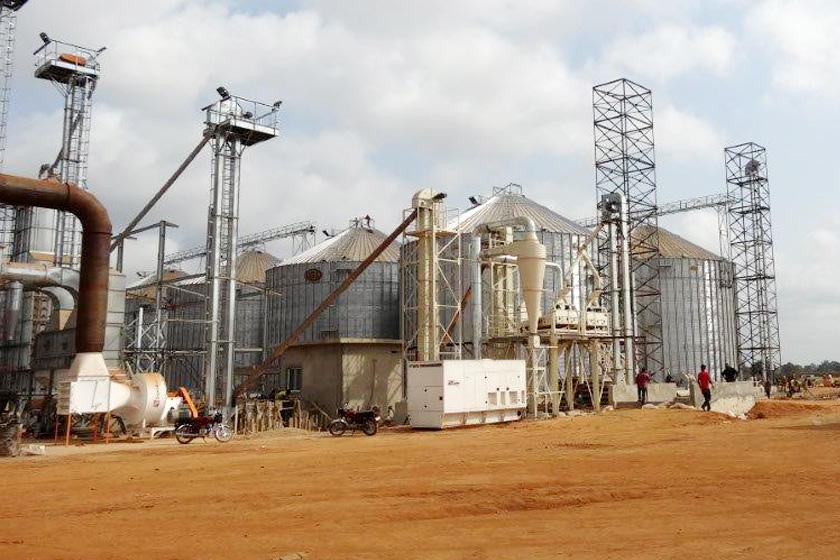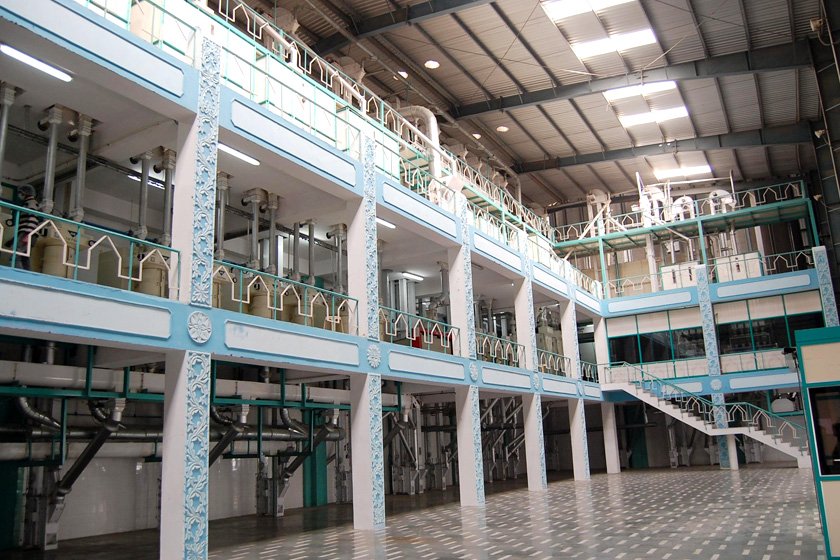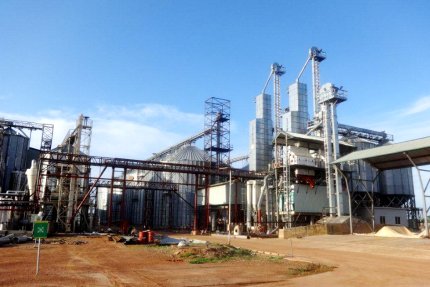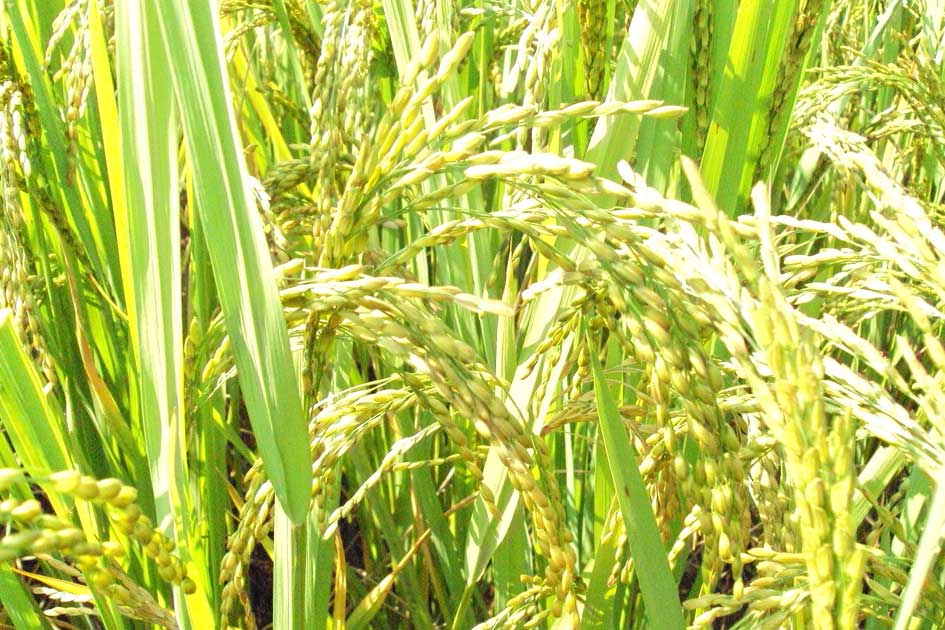The government has set specific laws for setting up a Rice Mill with various subsections governing the License For Rice Mill. Some of these are:
1. Any person or authority may apply through an application to the Central Government for the grant of a permit.
2. Such applications are made under subsection (1) and must be completed in the prescribed form. Certain essentials need to be mentioned including
a) Location
b) the size and type thereof
c) any other details required
3. If on receipt of any such application, the Central Government may grant the permit, if it is necessary for ensuring an adequate supply of rice. But these are governed by the provisions of subsection (4) and subsection (5). The permits are granted after specifying the period within which the mill is to be established.
4. Before granting any permit under subsection (3), the Central Government has the powers to undertake a full and complete investigation and in respect to
- The number of rice mills operating in the locality;
- The availability of paddy in the locality;
- Employment opportunities and the increase thereof
- The availability of Adequate power and water supply
- The type of rice mill to be set up: whether it is of the huller type, sheller type or combined sheller- huller type;
- Whether the rice mill can cause further unemployment in the neighborhood
As there are numerous laws and by-laws governing the obtaining of a License for rice mill, the Rice Mills Consultants can help. Not only do they help in procuring the license, but they also facilitate the conformity to various laws and bylaws.
The Rice Mill Plant Consultant in India, also show ways and means to enhance, the production and quality of the crops. They generally suggest the finest Rice Mill Machinery, Rice Mill Machine Design, & Rice Mill Plant Design, and optimize the process and the workflows. In general, they ensure higher efficiency with decreased generation cost and hence improve productivity and returns from investment in the rice mill plants.
Rice mill consultants facilitate the clients’ objectives by dealing with the fundamental components and then mentoring and executing the entire process right till the end even acting as Storage Silo Consultants. Moreover, they help in formulating optimized working procedures and environment. The rice mill plant care almost a necessity nowadays as they are from the same field and have inside knowhow about the cultivation business including discount, dealership, and retail rice offering business.
Being India’s leading Rice Mill Engineers & Designers, Nextech Solutions- not only supplies the Rice Milling Plant Layout Design and the Rice Mill, Rice Mill Machine Design but also are a critical factor in optimizing the processes and returns. We provide 360-degree consultancy for Rice Milling Plant Layout Design, Rice Mill Plant Design as well as Rice Mill Machine Design.
 MAIL US :
MAIL US :
 CALL US :
>
CALL US :
>



